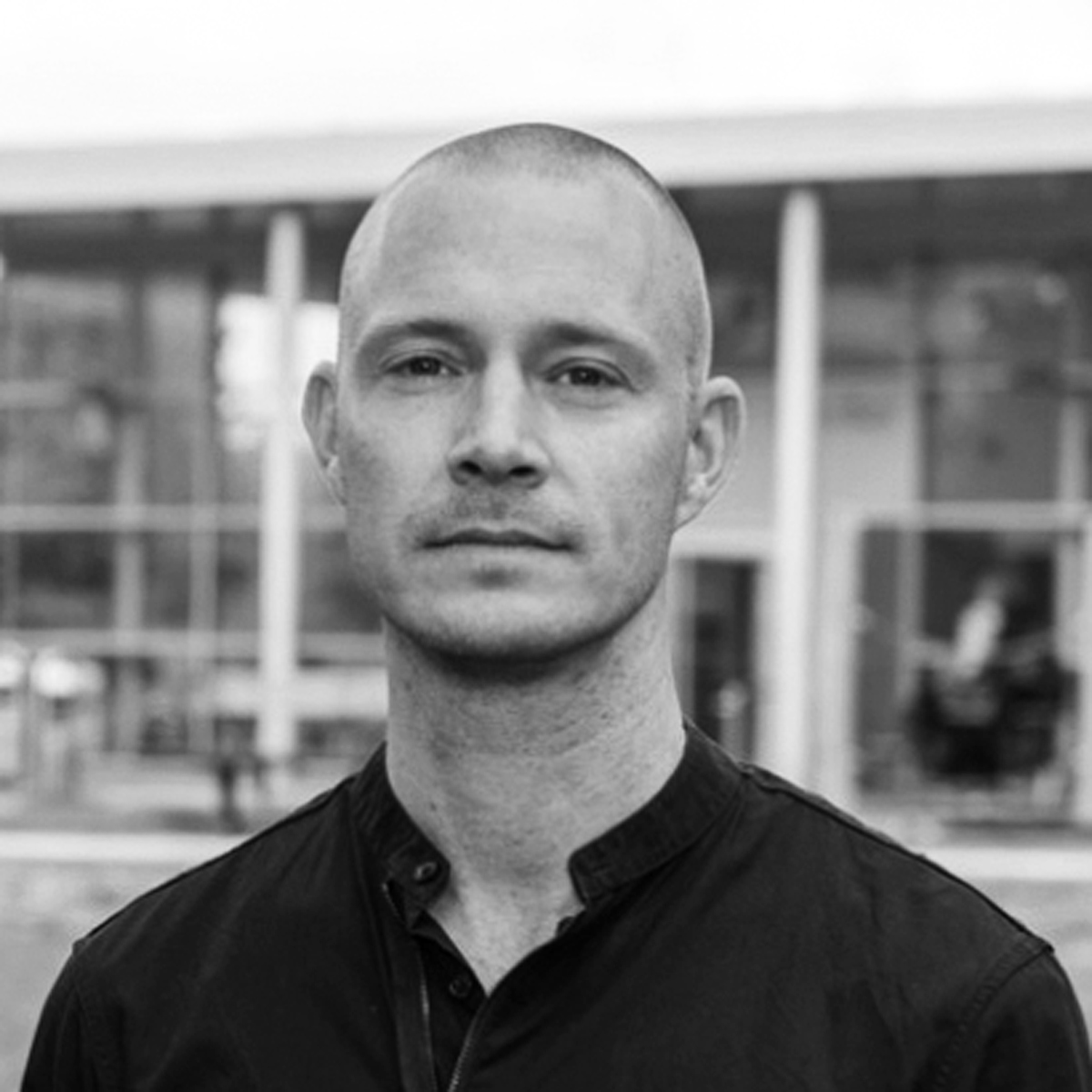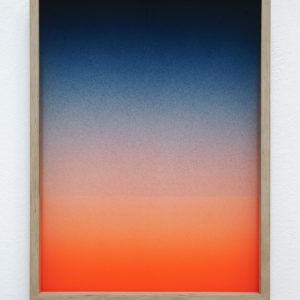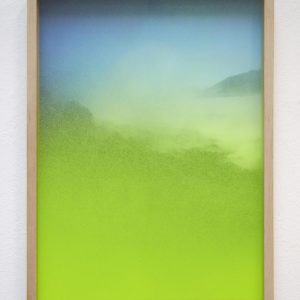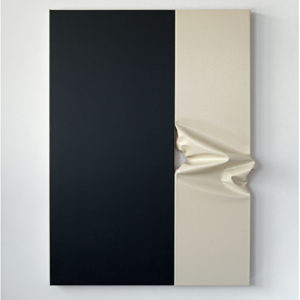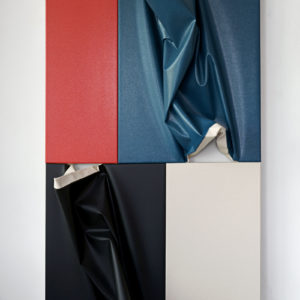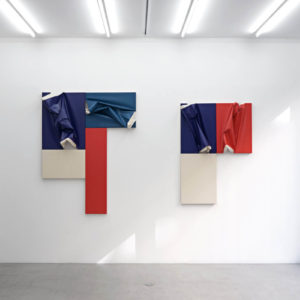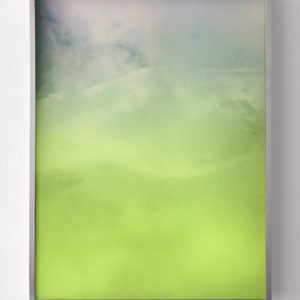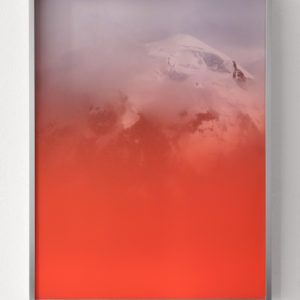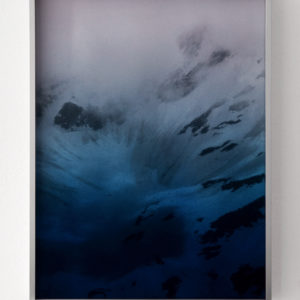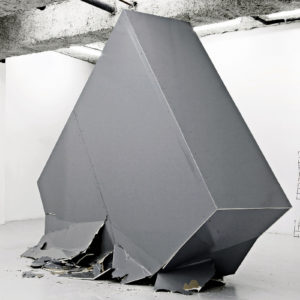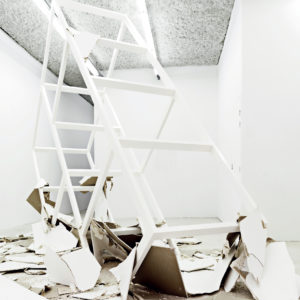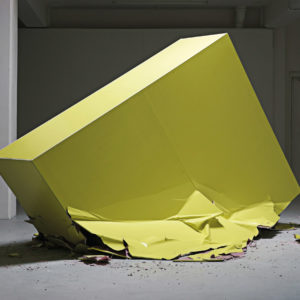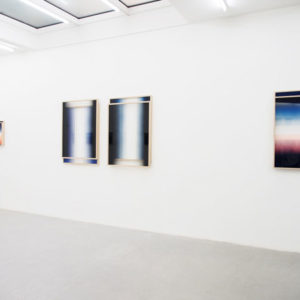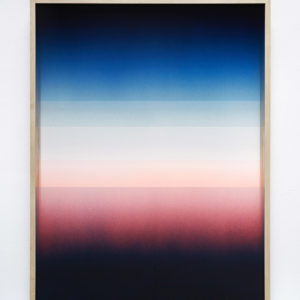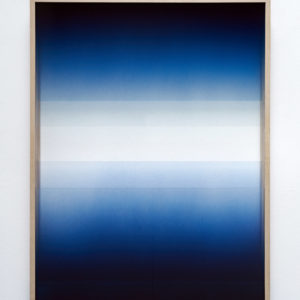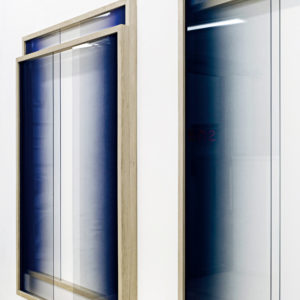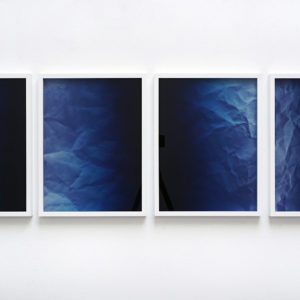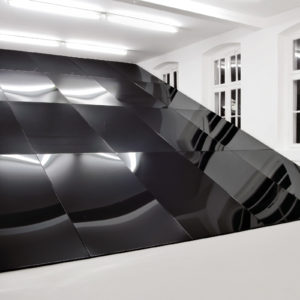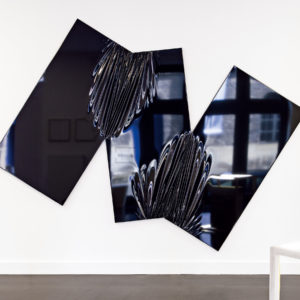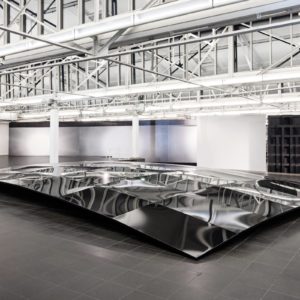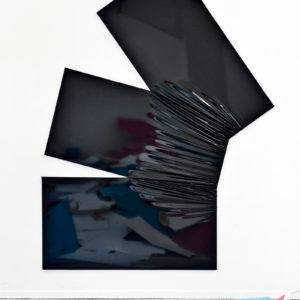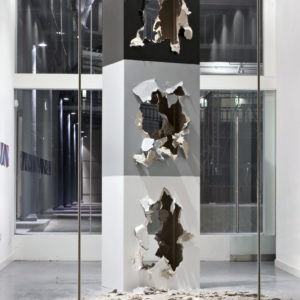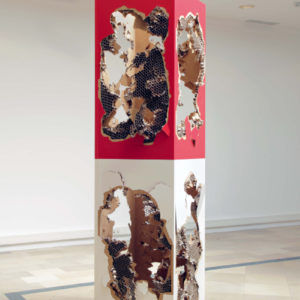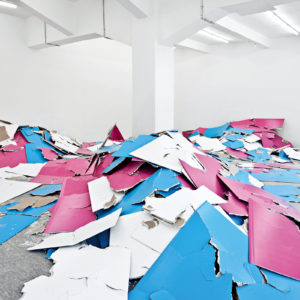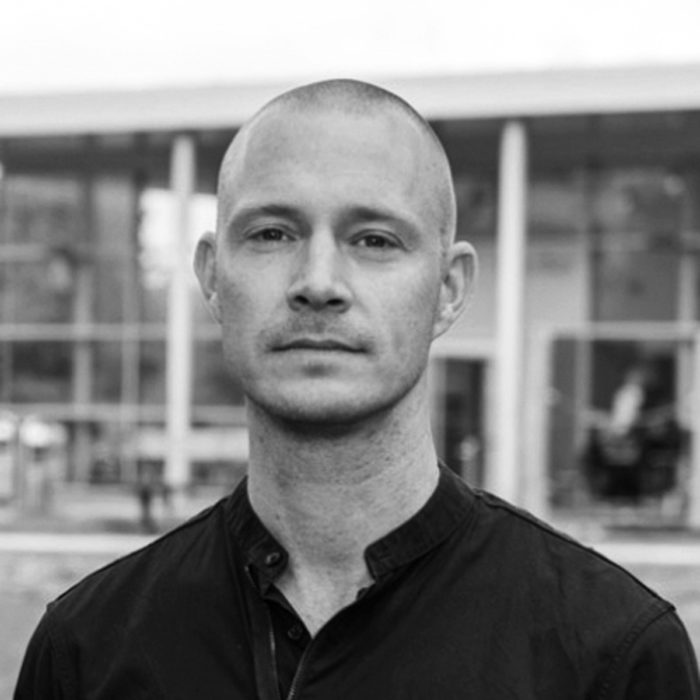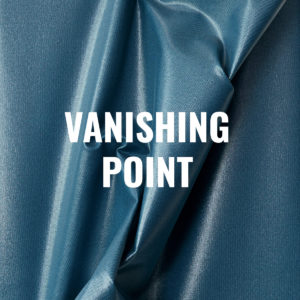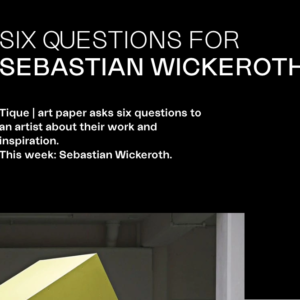Né en 1977
Vit et travaille à Düsseldorf, Allemagne
COLLECTIONS
Museum für Konkrete Kunst, Ingolstadt, Allemagne
Sammlung Kunst aus NRW, Aachen-Kornelimünster, Allemagne
Sammlung der Mediantis AG, Tutzing, Allemagne
Inside-out Art Museum, Beijing, Chine
Centre d`art contemporaine, Venniseux, France
The Swatch Art Peace Hotel, Shanghai, Chine
EXPOSITIONS PERSONNELLES / DUO
2023
Unknown unknows, Art Site Hsinchu, Taiwan
2021
Vanishing Point, Galerie PARIS-B, Paris, France
2019
Raw feels, Multimedia Art Museum, Moscou, Russie
Perpetual Dawn, 3:e Våningen, Göteborg, Suède
2018
matter // constant, Galerie PARIS-B, Paris
2017
Eurobilder, E9A, Fribourg (avec Billy Gruner)
2015
Rise and shine, Galerie Ruth Leuchter, Düsseldorf, Allemagne
Compound spaces (Ich tue das beste, was ich kann, unter der Berücksichtigung dessen, was du tust), Vitrinen, Cologne, Allemagne
Back and forth, forever, snap-projects, Lyon, France
2014
Warp, dh artworks, Düsseldorf, Allemagne
2013
Triplestar, Inside Out Art Museum, Peking, Chine
2012
Soiled structures, GKG, Bonn (in company with Kai Richter), Allemagne
SNO 89, SNO, Sydney, Autralie
2011
Nadir, graphisches Kabinett, Düsseldorf, Allemagne
Becoming, Förderverein aktuelle Kunst FAK, Münster, Allemagne
My way or the highway, Bruch & Dallas, Cologne, Allemagne
2010
Young artists, award, Aachen-Kornelimünster Kunst aus NRW, Allemagne
S_MELT #2, hall of fame, Tilburg (in company with Andre Pielage), Pays-Bas
Colours fade, The Briggait, Glasgow, Ecosse
2009
Superposition, Kunst-Station Sankt Peter, Cologne, Allemagne
Szenenwechsel, Museum für konkrete Kunst, Ingolstadt, Allemagne
Hell Feld, Kunsthaus, Essen (in company with Christian Forsen), Allemagne
2008
Draft, Mogosoaia palace, Bucharest, Roumanie
Fragile, H29, Brussels (in company with Clemens Hollerer), Belgique
2007
Form fucks function, Konsortium, Düsseldorf, Allemagne
EXPOSITIONS COLLECTIVES
2023
Out to lunch 1, Bloom, Düsseldorf, Allemagne
DIE GROSSE Kunstausstellung, Kunstpalast, Düsseldorf, Allemagne
Out to lunch 2, 3:e Våningen, Gothenburg, Suède
2022
Destructura, Städtische Galerie im Park, Viersen, Allemagne
Destructura, MMIII Kunstverein Mönchengladbach, Allemagne
Future / Memory, Kaunas Europos kulturos sostine, Kaunas, Lituanie
2020
Non-sculpture, Lights of flexible, 2020 Changwon Sculpture Biennale, République de Corée
Tamara Lorenz, Lukas Marxt, Alexander Romey, Sebastian Wickeroth | UMWELTEN, SETAREH Gallery, Düsseldorf, Allemagne
2019
The Big Circle, M-17 Art Center, Kiev, Ukraine
Paris Photo 2019, Paris, France
Biennale International Reductive and Non Objective Art, Sydney, Australie
2018
Summer group show, Galerie PARIS-B, Paris, France
2017
Abstruct, Park, Tilburg
Au hasard, Villa Balthazar, Valence
Endless backup, FutureDome, Milan
Mogodorf 10, Kunstraum Düsseldorf
2016
Run run run, Villa Arson, Nice
Abstraction as an ageless approach, Galerie Ruth Leutcher, Düsseldorf
Deformation Professionnelle, a project by Raphaël Denis, Galerie Paris-Beijing, Paris
DYSTOTAL, Ludwig Forum, Aachen, Allemagne
Out of shape, Maschinenhaus, Essen, Allemagne
Offenes depot, Kunsthaus NRW, Kornelimünster, Allemagne
F*** Newton, Karst, Plymouth, Royaume-Uni
Grijs-Grey, Galerie de Meerse, Hoofddorp, Royaume-Uni
Nonobstant, SUPER, Nozay, France
2015
Momentum BND, ECI Cultuur Fabriek, Roermond, Pays-bas
Sans titre, Un-spaced, Paris, France
SOON, snap-projects, Bruxelles, Belgique
Meta-mistakes, Radial Art Contemporain, Strasbourg, France
We are all looking for astronauts, WE, Shanghai, Chine
UN_FORMED, PS Projectspace, Amsterdam, Pays-Bas
2014
30/30 image archive project, AB contemporary gallery, Zurich, Allemagne
30/30 image archive project, noi, Dolceacqua, Italie
Sie und Ihre Ausstellungen, Aachen-Kornelimünster, Kunst aus NRW, Allemagne
Géométrie Immatérielle, Un-spaced (hosted by gallery Xenon), Bordeaux, France
Frequences and Forms, snap-projects, Lyon, France
Raving Disco Dolly On A Rock N`Roll Trolley, New York, USA
Rise and shine“ Galerie Ruth Leuchter, Düsseldorf, Allemagne
2013
Grosse Kunstausstellung, Museum Kunstpalast, Düsseldorf, Allemagne
S(ch)ichtwechsel, Museum für konkrete Kunst, Ingolstadt, Allemagne
Octahedron – in the absence of one man » SÌM, Reykjavik, Islande
Billo Bäm, Künstlerhaus, Dortmund, Allemagne
Poste Concret, ParisCONCRET, Paris, France
Kunstsalon Flingern, spam contemporary, Düsseldorf, Allemagne
Moiras Planschränke, Raketenstation Hombroich, Neuss, Allemagne
SNO 100“ SNO, Sydney, Australie
2012
Junger Westen, Kunsthalle, Recklinghausen, Allemagne
The Reality of the Unbuilt, Raketenstation Hombroich, Neuss, Allemagne
Herbst.Zeit.Lose, GKG, Bonn, Allemagne
Topits, Kunstwerk, Köln, Allemagne
30/30 image archive project, Le Moinsun, Paris, France
2011
Zentrale, Stadthausgalerie, Münster, Allemagne
Construction-site, CON-SUM, Düsseldorf, Allemagne
Invited » Klaus Benden gallery, Cologne, Allemagne
Raumbilder Bildräume, Kunstverein, Gelsenkirchen, Allemagne
Back from Glasgow, AaE, Düsseldorf, Allemagne
Junger Westen, Kunsthalle, Recklinghausen, Allemagne
2010
New talents, kreative Energie, Landesvertretung NRW, Berlin, Allemagne
A change of air, Arcade E.A.P, Nicosia, Chypre
The castle of discipline, mischpoke, Mönchengladbach, Allemagne
30/30 image archive project, PS, Amsterdam, Pays-Bas
Und 6 Intercontinental, Schwartz Gallery, Londres, Royaume-Uni
You and Now, Gallery Balice Hertling, Paris, France
2009
Back from, Atelier am Eck, Düsseldorf, Allemagne
Minimal-maximal, Gallery Andreas Grimm, Munich, Allemagne
Grauzone, Künstlerverein Malkasten, Düsseldorf, Allemagne
K.O.nsens, Kunstraum Blast, Cologne, Allemagne
Blok, Schloss Ringenberg, Hamminkeln, Allemagne
NordWestKunstpreis, Kunsthalle, Wilhelmshaven, Allemagne
2008
Do you have expectations?, Wartesaal, Zurich, Allemagne
Würdest du bitte endlich still sein, bitte, Dina4 Projekte, Munich, Allemagne
2, camp, Düsseldorf, Allemagne
New talents, biennale, Cologne, Allemagne
Highlights of german academies, Dina4 Projekte, Berlin, Allemagne
Unsculptured, Atelier35, Bucharest, Roumanie
Kleinere Arbeiten, Raum500, Munich, Allemagne
2007
Große Kunstausstellung, Haus der Kunst, Munich, Allemagne
Stahl im Sturm, glue, Berlin, Allemagne
Das Gesetz der guten Gestalt, KKB, Berlin, Allemagne
Junger Westen, Kunsthalle, Recklinghausen, Allemagne
2006
Exile on cottage street, Temporary, Düsseldorf, Allemagne
Das letzte Wort der Kunst, Kunsthalle, Düsseldorf, Allemagne
Wir waren mal Freunde gewesen, Gloriahalle, Düsseldorf, Allemagne
Contemporary zoomansicht, Meisterhaus1, Düsseldorf, Allemagne
2005
Vous êtes ici, Gallery Palais de l´Athénée, Geneva, Suisse
RECOMPENSES
2022
Neustart Kultur, Stiftung Kunstfonds, Bonn, Allemagne
Travel grant of the state NRW, Taiwan
2019
AIR Multimedia Art Museum, Moscou, Russie
2018
Prix de la Lepsien Art Foundation, Düsseldorf, Allemagne
Travel grant of the state NRW, Beijing
Residencia Artística FAAP, Sao Paulo, Brésil
“AIR“ Multimedia Art Museum, Moscou, Russie
2017
GNMH award, Seoul
AIR, CCA Andratx, Majorque
2015
AIR, The Swatch Art Peace Hotel, Shanghai, Chine
2014
Rondo fellowship, Autriche
2013
SIM Residency, Reykjavik, Islande
Project grant, Inside – Out Art Museum, Beijing, Chine
2012
Travel grant of the state NRW, Sydney, Australie
2010
AIR, Wasps Studios, Glasgow, Ecosse
Young artists, award, Aachen, Allemagne
2009
Schloss Ringenberg scholarship, Allemagne
Project grant, Kunststiftung NRW, Allemagne
2008
AIR, Mogosoaia palace, Bucharest, Roumanie
2007
Haus der Kunst Preis, Munich, Allemagne
-
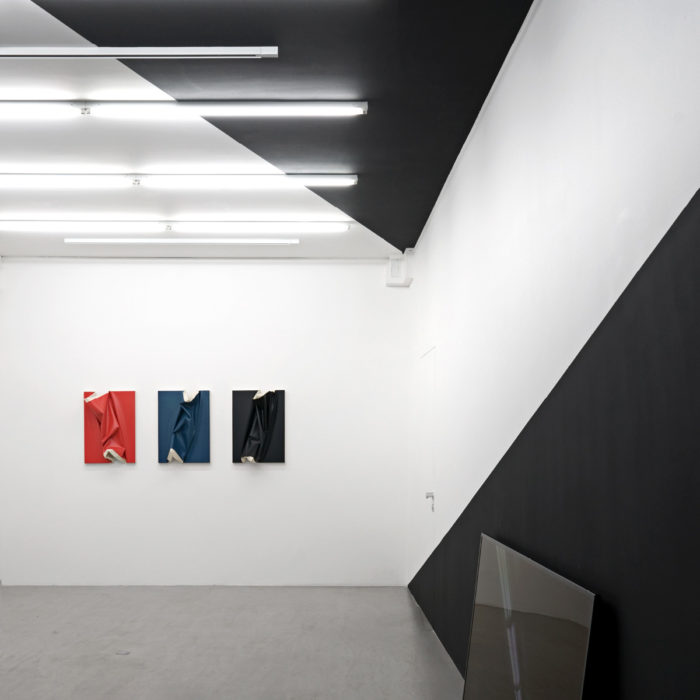
Sebastian Wickeroth
Vanishing Point
09/04/2021 - 10/16/2021 -
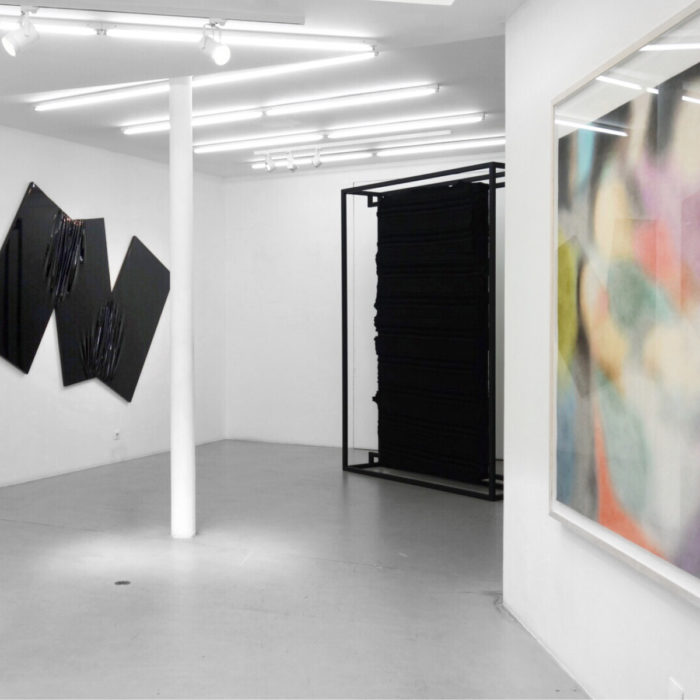
Exposition collective
WHAT YOU’VE MISSED …
05/25/2020 - 07/25/2020 -
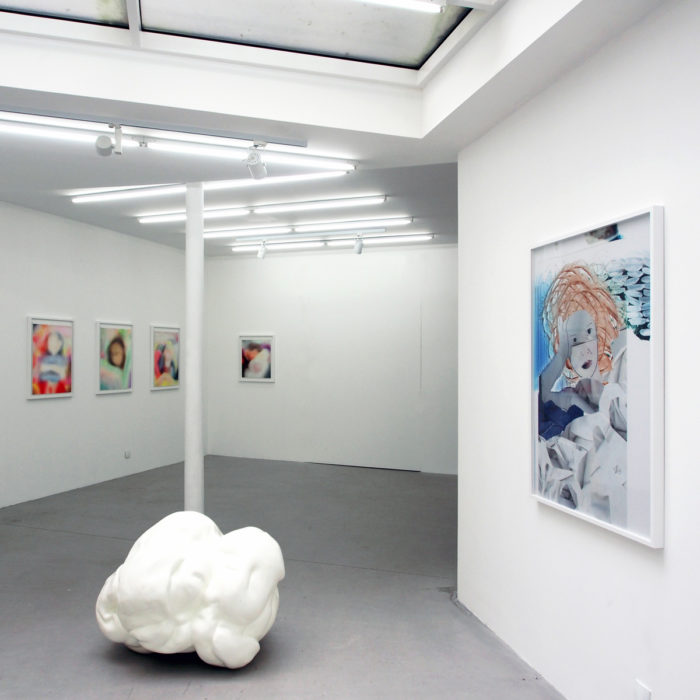
SUMMER GROUP SHOW
SUMMER GROUP SHOW
07/01/2018 - 07/28/2018 -
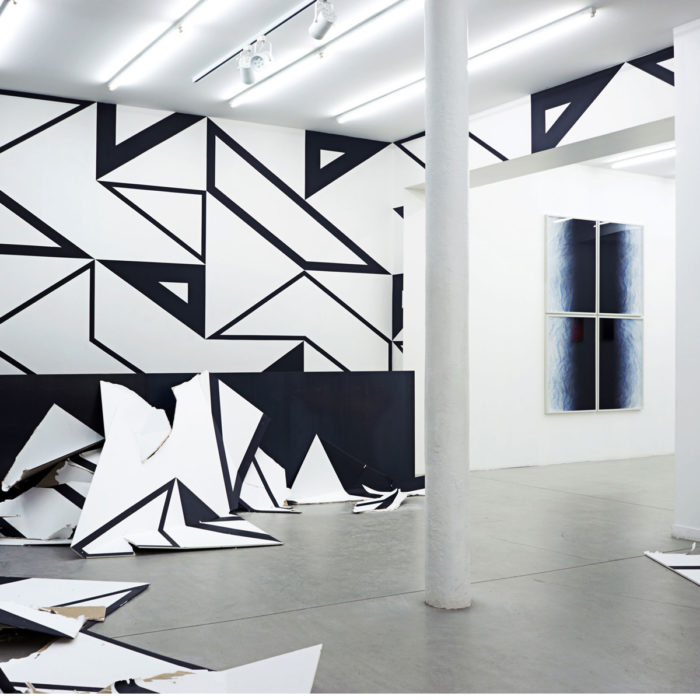
Sebastian Wickeroth
matter // constant
03/29/2018 - 05/12/2018 -
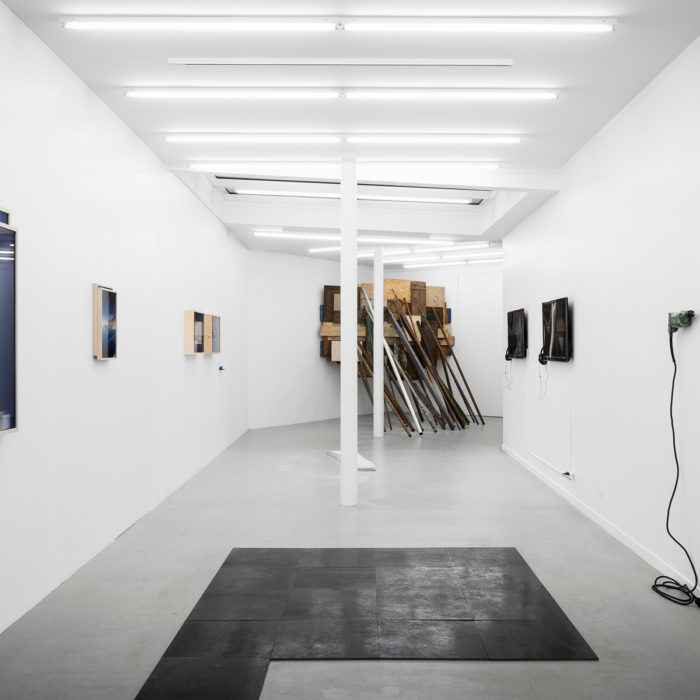
Un projet de Raphaël Denis
DEFORMATION PROFESSIONNELLE
11/05/2016 - 12/21/2016
Text by Tobias Hoffmann
In the early 20th century the Russian suprematists and the Dutch De Stijl group started revolutionizing the image notion. Works of art would detach themselves from the standing requirement of reproducing reality and turn into autonomous or, as Theo van Doesburg put it in 1930, concrete works. Geometric form and surface ratios became the fundament of an omnipresent and self-evident artistic language of modernism. Following the European Avant-garde movement of the constructivists in the 20s and 30s, particularly the Zurich Concrete Art representatives headed by Max Bill, Richard Paul Lohse and Camille Graeser intensified and systemized in the 40s and 50s the critical dealing with this canon of forms. During the 50s, however, a controversial position developed in parallel against too stringent an adherence to the given geometric forms. This may certainly be considered as a system-immanent criticism for the traditional method of image creation was not at all questioned by those artists who used to rigorously reject it. There was rather the fear of the image language to be freezing that induced the attempt to find different geometry-based possibilities for enlarging the form canon. Lucio Fontana, for example, intervened in the monochrome rectangular image surface by slitting the canvas, thus breaking the strict geometry and bending the image surface into the third dimension. Also Christian Megert’s starting point is a monochrome surface for the mirror, Megert’s primary working material, is initially monochrome unless it reflects something. Megert breaks and cuts his mirrors into cullets to disintegrate their originally geometric form. Both artists reinforce their dealing with geometrical forms through disintegration by the processes of slitting and breaking. They tackle their works almost violently and make this action visible.
Geometric form and its concurrent disruption, destruction and deformation is also the starting point for Sebastian Wickeroth’s art. This can be the forcefully brute presentation of an implied destructive act such as in his work „strategie der steine 3“. A big rectangular block seems to have crashed to the ground from such height that one of its edges is completely shattered. Here Wickeroth plays with the zest for association of the viewer who may be unable to reject the immediately arising impression of a destructive act. Actually, however, Wickeroth does not cause destruction, he constructs destruction. His point is not the act of destruction itself but the construction of the deconstructed form. He did not smash the block in „strategie der steine 3“ by having it drop but created its deformed form right from the beginning. In this way, he addresses both the stringent geometric form and its deformation.
In „graceful degradation“ a black rectangle simply disintegrates at its bottom. The object appears unable to retain its form. The absolutely precise shape of the upper part, which is still emphasized by an impeccably smooth surface, starts draping, becomes wrinkled and seems to melt. Wickeroth has even the substructure, the framework, randomly jut out. In these works, Wickeroth approximates the American Steven Parrino who used to deform geometric surfaces by first removing the canvas from the frame in order to re-mount it crumpled. Unlike Parrino’s, Wickeroth’s works allocate a minor role to the reflection about the image notion. He develops his works out of a sculptural perspective. Surfaces excel in extreme smoothness and perfect neutrality that refer to industrial fabrication rather than painting. Moreover, most of his installations are composed of several parts whose interaction causes a confrontation of clear geometric form with vanishing orthogonality. For example, „untitled – fragile“ consists of three equally sized black rectangles arranged horizontally on top of each other. One edge of the uppermost rectangle penetrates the one below, significantly deforming it and transferring the resulting fall of the surface’s folds down to the third rectangle.
In his work „immer darüber hinaus“, created in 2009 for the Museum für Konkrete Kunst Ingolstadt, Wickeroth separates for the first time strict geometric form clearly from apparently formless chaos. A large geometric cube with high-gloss finished surface stands out of a pile of broken, yellow-lacquered Rigips panels. The cube’s order and the Rigips panels’ chaos, form and anti-form, oppose, accentuate and, at the same time, challenge each other. With its monochrome colour and its faultless surface – Wickeroth mounts glossy foils over a frame structure – the cube recalls the American Minimal Art whose simple geometric bodies are made of pre-fabricated industrial materials such as acrylic glass, stainless steel or aluminium. The glossy foil in Wickeroths works alludes to these superior materials and feigns a polished plastic body. In „vielleicht morgen“ he employs the foil so skilfully that the play between form and deformation incorporates the entire environment. The outer sides of the flat ground-based work are slightly bent downwards and distort the reflections from the surrounding room. Accordingly, the form is no longer deconstructed only in the work itself but visually affects the static architectural forms in the surroundings. The room becomes an integral component of the work ostensibly designed as an autonomous sculpture. Being viewed, the visual deformation of the room gains such dynamics that the actual form of the installation distinctly retreats into the background. Wickeroth qualifies the effect of the form without destructively reshaping it.
How does one deal with the achievements of the historical avant-gardes in the beginning of the new century? What can the artistic understanding of forms look like today under the aspect of the long tradition of an almost overpowering geometry? With a certain brutalism, Wickeroth attacks the formalistic principles of the art of the 20th century. His works represent an ideological-critical questioning of traditional aesthetic positions as he confronts striving for order and clarity always with its contra position. In the subtitle of a work „form fucks function“ Wickeroth refers unmistakably to the historical avant-gardes. Construction, however, principally comes first. For even if his works may evoke the association that their final design has evolved from a radical gesture of destruction, it is nevertheless he who has constructed anti-form, chaos, destruction. His works unite construction and de-construction of form, the aesthetics of geometry and its invalidation, obvious formal stringency and its ironic negation by anarchy and failure. In this way, Sebastian Wickeroth manages in a refreshing way to merge Punk and Minimal in his works of art.
